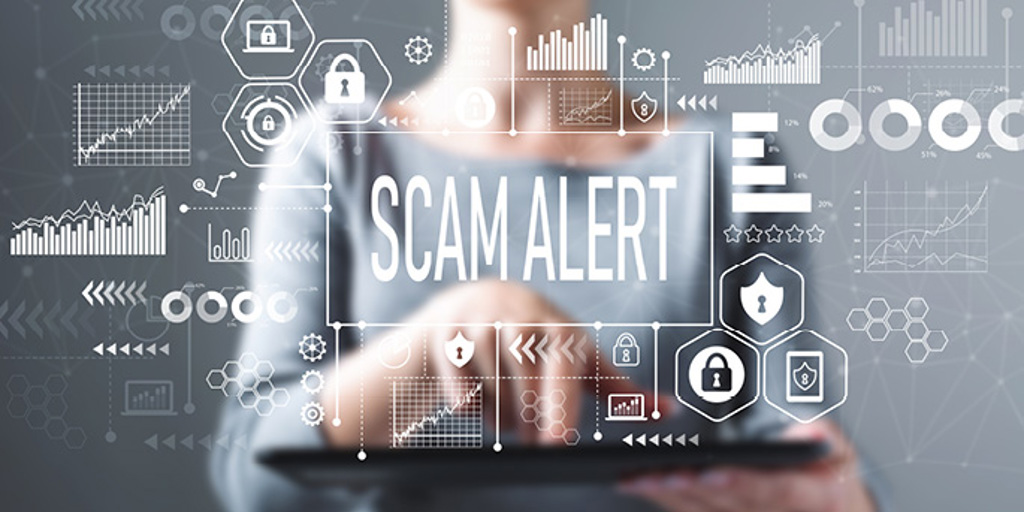How to Avoid Fraud Texts and Scam Calls
Minute Read

U.S. consumers lost $330 million to fraudulent texts in 2022, according to the Federal Trade Commission (FTC). That number is more than double the amount from the prior year! Not only are fraudsters using text messages, but they are also making carefully calculated calls to target the elderly, younger people and other unsuspecting groups year-round.
Fraudulent texts frequently look like legitimate text messages. Fraudulent messages appearing to be from financial institutions rank as the most common form of text scams employed to impersonate reputable businesses, according to the FTC data analysis. They use these tactics to deceive and manipulate you into providing personal information or transferring money.
While text scams are becoming more common, scammers will still try to trick you with phone calls. You can have your phone number added to the FTC Do Not Call Registry to aid in reducing the number of calls you get from telemarketers, thus fewer calls from phone numbers you do not recognize.
Here are some other tips to help protect yourself from text and call scams:
Slow Down
Never be pressured to act quickly. Take the time to do your research and speak directly to someone you trust at an organization rather than replying to a suspicious inquiry via text or phone. Scammers are great at making their requests for personal information appear to be coming from a legitimate source. Fraudsters can even make their caller ID pop up as the organization they claim to be calling from. If you receive a phone call from a person claiming to be associated with your financial institution and asking for personal information, hang up and call them back from the phone number listed on that organization’s website.
Verify Contact Information
Sometimes, fraudsters will give out misleading and unreliable phone numbers, emails or even websites. Make sure you always look up that information through a trusted source. Remember to always verify your financial institution's phone number via its official website before making any calls to that number.
Protect Personal Information
Never give out personal information if you did not start the request through a trusted source. Legitimate financial institutions and companies will not contact you for one-time passcodes, usernames, passwords or other sensitive information.
Don’t Click on Links
Email links or attachments may contain malware, such as viruses or spyware. Avoid suspicious, untrusted links or attachments that may infect your device or be trying to trick you into providing personal information.
Never Reuse Passwords
Every time a site is breached, and the attackers escape with information like usernames and passwords, they use those credentials to log into your accounts elsewhere. For instance, if a retail store’s website is hacked, fraudsters will use the information they steal from that site on a financial institution’s online banking site, hoping that the victims have accounts both places and have used the same credentials on multiple sites. Unique passwords for each online account you use provide great protection. Be sure to also change them every so often.
Make Use of Card/Account Alerts and Controls
We know you are busy. That’s why we have tools in place to help you identify unusual account activity on your account as soon as it happens. Set up alerts and activate your card controls today to help protect your information and stop fraudsters in their tracks.


